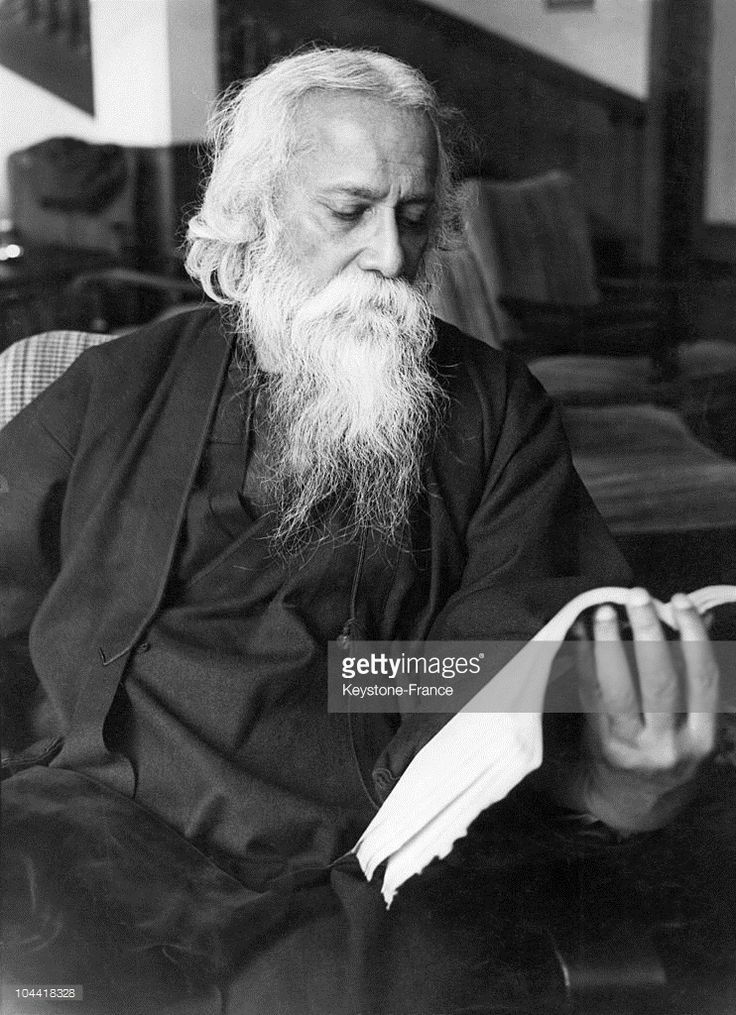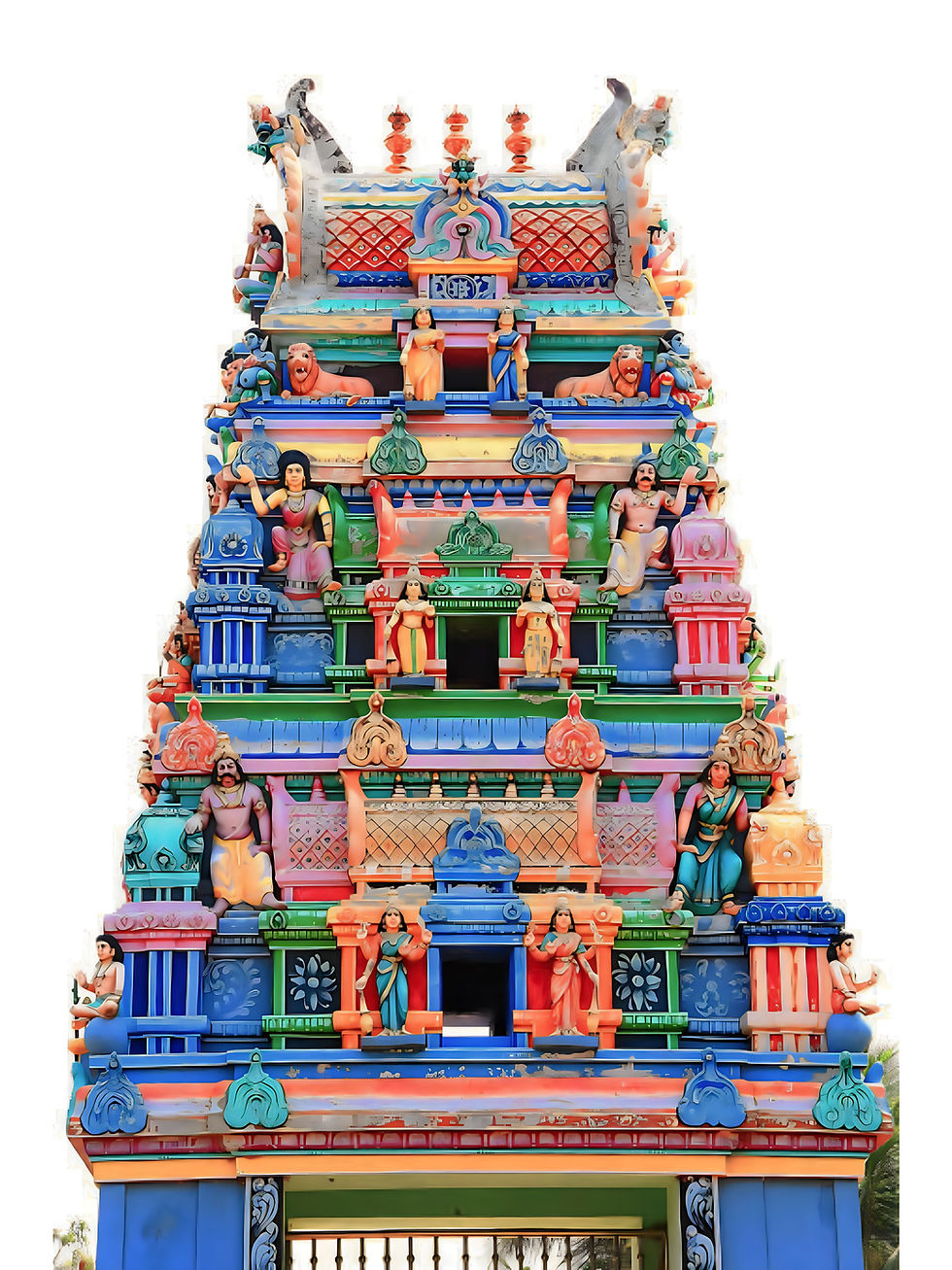Why are so many brand logos blue?
- Mahi Shitut

- Aug 16, 2023
- 2 min read
Updated: Aug 18, 2023
What do you think is common in the apps that you see on your phone? Most of them have blue coloured logos. Facebook, LinkedIn, Microsoft apps, Telegram, Disney, etc.

The reason behind this is very interesting. Not only does it have to do with symbolism but also with how people perceive colour.
After looking at Fortune 500 companies it was seen that the most common colour choice for logos was blue. And blue is also the most common favorite color in the world. So, did these companies choose it because it was their favourite colour? Well, not really.
Studies show that our liking for a colour is dependent on how we feel about the objects that we associate with it. Like, we would prefer yellow over brown because yellow is associated with sunshine, brightness while brown is associated with dirt and mud. The reason why so many people like blue is because it reminds them of positive things like seas and skies. There aren’t many negative things associated with blue.
A colour that shows trust, security and serendipity; blue is thus a common choice for brands. It is seen more in banks, tech companies, health and insurance because these are the values it represents.
That’s all about blue, but what about red? Red is seen more in food and retail brands. This is because it is attention grabbing. In a retail store, where tons of brands showcase their products; how do you make yours stand out? In a vast sea of fast-food brands, how do you recognise McDonald’s? Red is a colour to remember.
Of course, it’s not that all logos are either blue or red. Other common colour choices are green, yellow, orange, purple. Spotify, WhatsApp, Swiggy, Cadbury, etc.
Colour has some involvement in the logo’s success but what matters more is its timelessness. It’s the face of the brand and it all comes down to what people connect with that logo. What’s the story they think of. People align themselves with brands whose stories they find attractive and relatable.
Creating logos has many psychological aspects to it. There is even a theory known as Gestalt theory which is mostly applied in this process. What it says in brief is that we perceive everything around us in its simplest form. We organise things, patterns, we group them. And thus, symmetry, completion, colour-coordination all play an important role. The theory is obviously much deeper and just one way of understanding how the human mind works.
We correlate everything around us in interesting ways. The things we use, the things we see, the things we like.
- Mahi Shitut
-




Comments